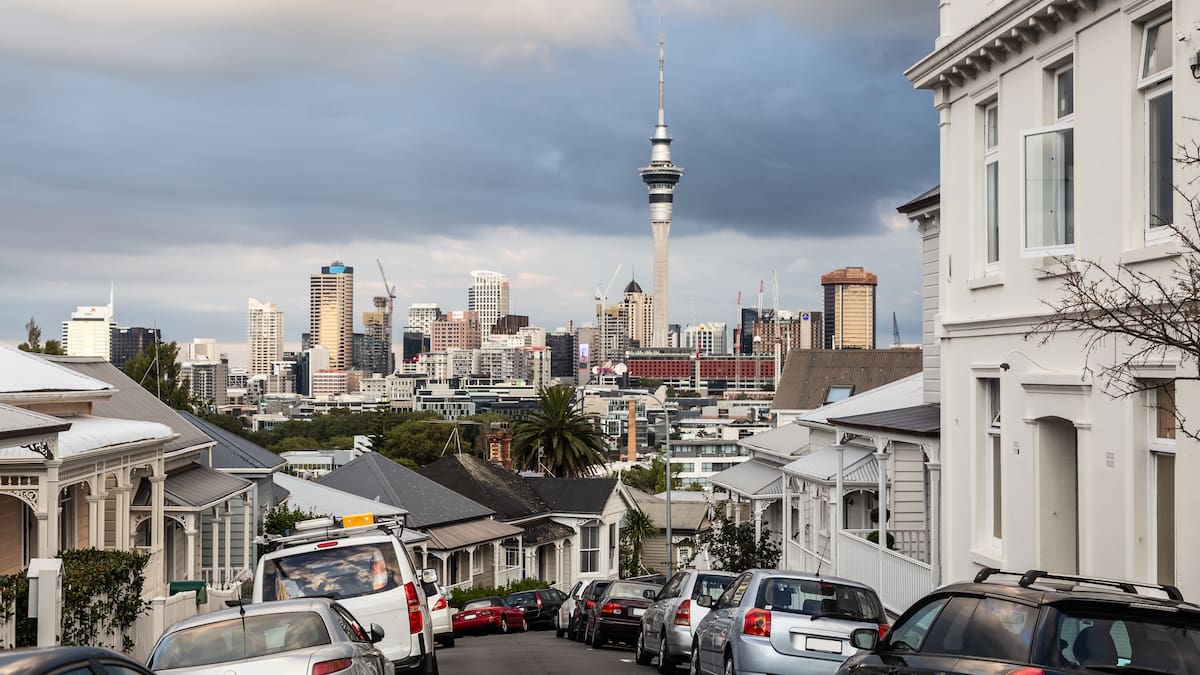Canada planted a seed like that decades ago. It started small, grew, adapted and turned into something remarkable. I think we have a lot to learn from its example.
Consider one of the fruits of that seed. The Kitsilano 6 Indian Reservation is just a few minutes from downtown Vancouver, Canada. It is land that was taken from the Squamish Nation for railways over a century ago and returned to Squamish jurisdiction in 2002.
Canada’s approach allowed First Nations to gradually gain autonomy, starting with small, successful initiatives. Photo / Getty Images
After deciding what they wanted to do with their land, in 2022, the Squamish broke ground on a new development. The project is on the Reserve, so is outside of Vancouver City’s jurisdiction. The Squamish did not need to ask Vancouver City’s permission to build.
But they did need to negotiate an extensive service agreement with the city: the city provides services and the new development pays the city for those services.
Three soaring apartment towers, Phase One of the Sen̓áḵw development, are nearing completion. It is a project that would have seemed impossible when I left Canada in 1998 – or at least it was not something I would then have imagined. But the seed for it had already been planted and was growing.
Three towers in the Sen̓áḵw project are rising outside city council control. Photo / Getty Images
The path to this kind of rangatiratanga (sovereignty) started small and took decades. It did require national-level policy change. But not the kind of policy change that tried to do everything, everywhere, all at once.
Instead, the policy let communities have a go, if they wanted to.
For decades, Canadian First Nations were highly restricted by the Indian Act, which sets the rules around how Band Councils, the governing bodies for First Nations, govern Indian Reserves.
Some autonomy was allowed. Since 1951, Band Councils have been able to set their own bylaws – under the close supervision of central Government. It was a relationship of dependence. Little could be done without central Government permission. Getting permission was slow and complicated, so little could be done.
New Zealand could learn from Canada’s First Nations land autonomy, Eric Crampton argues. Photo / Bevan Conley
A First Nation near Kamloops found the boundaries of what was allowed under the act and helped recommend changes enabling greater autonomy. Changes in the 1980s strengthened Band Council tax authority over their own land.
Further changes in the 1990s allowed Band Councils to opt out of the Indian Act’s control over land use and to set their own Land Codes for self-governance.
In 1996, 13 First Nations signed the Framework Agreement with the Minister of Indian Affairs and Northern Development, allowing them to opt out of the Indian Act’s micromanagement. They established a Lands Advisory Board and Resource Centre to help set their own land governance regimes – including model land codes.
Others followed. In 1990, no First Nation had set its own tax law. By the early 2020s, almost 150 had. And 120 now have operational land codes.
Central Government legislation, with help of strong advocacy from First Nations wanting to try something new, allowed but did not mandate greater autonomy. Early movers set the path and helped build institutions so that later followers could succeed. Those institutions also built accountability.
Implementing a Land Code and opting out of the Indian Act’s management requires proven, demonstrable community support – with independent verification. Being able to borrow through the First Nations Financing Authority requires certification by the First Nations Financial Management Board.
I do not think Canada would have had the same success had it tried to find a policy to solve every problem for every First Nation that could have been implemented by everyone all at once.
Nearly 150 First Nations have now set their own tax laws across Canada. Photo / Getty Images
Instead, Canada let early movers build paths that others could follow when they were ready. Problems could then be ironed out. Institutions could adapt along the way, at smaller scale. Success could then be its own recommendation.
Canada’s First Nations now can exercise something that looks very much like tino rangatiratanga (self-determination). They govern their own land, as they wish, needing the permission of no one but themselves.
When they would like services from an adjacent municipality, it is a Government-to-Government negotiation on a willing-buyer, willing-seller basis that leaves both sides better off. And it has proven so successful that Vancouver’s General Manager of Planning, envying the speed with which Sen̓áḵw went from concept to construction, said, “We might be able to learn something from them.”
New Zealand can learn something from them too, both about paths toward stronger rangatiratanga and about the value of starting small.
Catch up on the debates that dominated the week by signing up to our Opinion newsletter – a weekly round-up of our best commentary.

